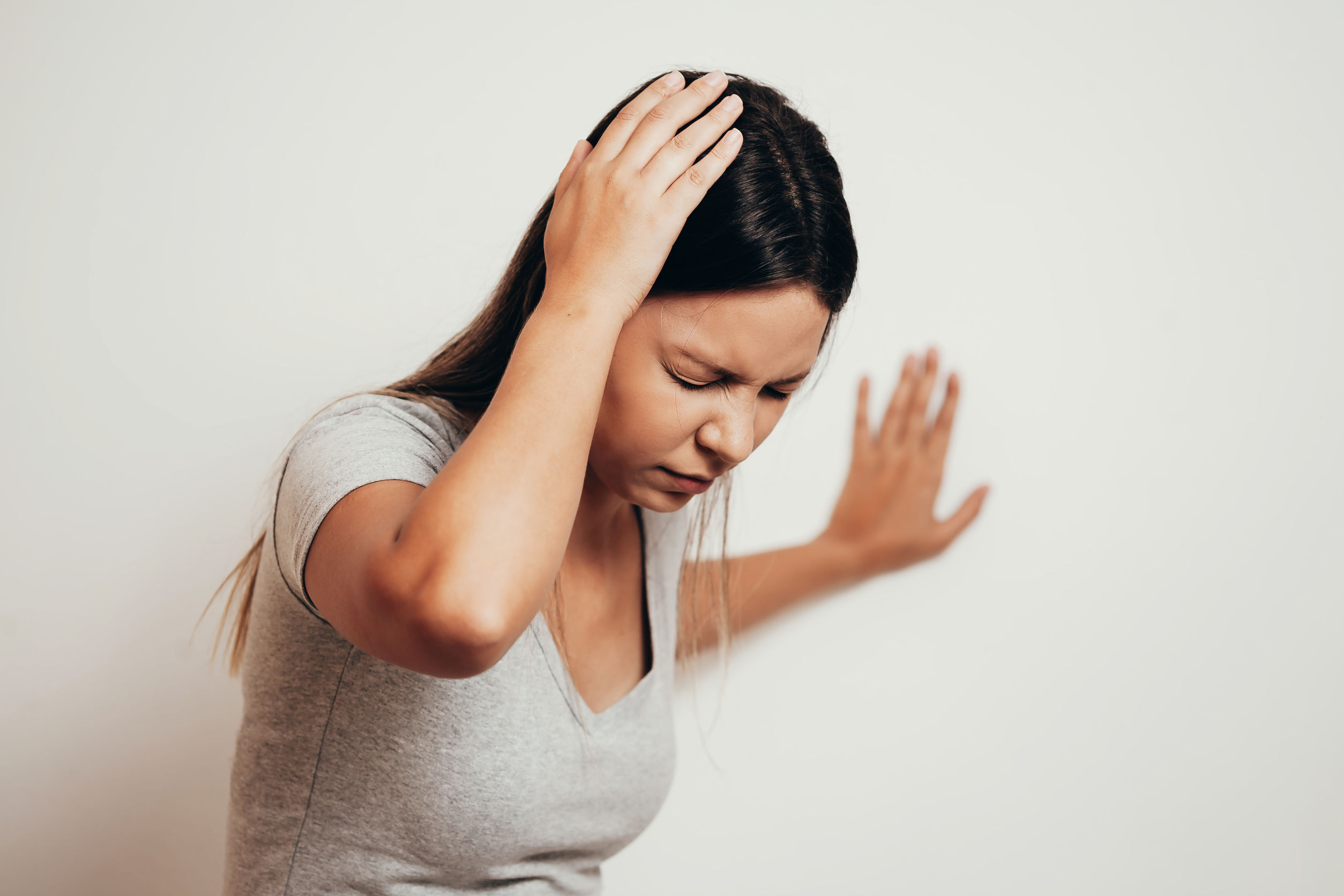The most prevalent complaint of today among individuals is headaches and headache treatment Calgary is expensive. According to the World Health Organization (WHO), nearly half of all individuals would have had at least one headache in the previous 12 months. And, that’s not it, these can be of various types. This article examines a few of the most prevalent headache forms.
Migraine
One of the most typical signs of a migraine headache is severe throbbing pain on one side of the head. It is possible for someone to have increased sensitivity to sound, light, and smell. Vomiting and nausea are also prevalent. Auras are experienced by around 25% of migraineurs before to the headache.
These sensory and visual disturbances typically last 5 to 60 minutes and consist of the following:
- Seeing Spots, Flashing Lights, Or Zigzag Lines
- Blurry Vision And Numbness
- Tingly, Weaker Muscles
- Having Trouble Speaking Or Forming Words
Tension-Type Headache
Most people get tension-type headaches at some point. They feel like a dull headache that lasts all day on both sides of the head. Additional signs can include:
- face, head, neck, and shoulder sensitivity
- a pressure behind the eyes sensation
- sensitivity to both sound and light
- Between 30 minutes and many hours, these headaches may linger.
Although the exact science behind tension headaches is unknown, frequent triggers include stress, worry, and sadness. Other possible causes comprise:
- dehydration
- loud sound
- lack of exercise inadequate sleep quality posture
- missing meals
- eye fatigue
Sinus Headaches
Sinus headaches can be brought on by sinusitis, an infecti on of the sinuses. The reason is typically an allergy or illness. One of the symptoms is a deep, throbbing pain around the eyes, cheeks, and forehead. Movement or straining may make the discomfort worse, and it occasionally spreads to the jaw and teeth. Other potential signs include:
- discomfort or pressure on the face
- poor ability to smell
- runny nose
- a clogged nose, tiredness, fever, and ear ache
- tooth pain, cough, and poor breath
- an overall sense of being ill
Sinus headaches are rather uncommon. A headache of this sort is more likely to be a migraine episode if there are no nasal symptoms.
Caffeine-Related Headaches
A high caffeine intake of more than 400 milligrams (mg), or around 4 cups of coffee per day, might occasionally cause headaches.
Patients who have ingested more than 200 mg of caffeine daily for longer than two weeks have had withdrawal headaches that mimic migraines. These frequently show up 12 to 24 hours following an immediate stop. They can last for 2 to 9 days, peaking at 20 to 51 hours.
Other potential signs include:
- fatigue
- trouble focusing
- low mood or agitation
- nausea
Treatment:
While headaches can occasionally be unpleasant and chronic, the majority of them can be treated with the right medication or therapy. You must know that although painkillers help, they have a lot of side effects. Hence, only the trusted therapy should be taken in order to move past the chances of headache. And, for this chiropractic treatment is the most effective and scientifically proven medical therapy that can actually help you. For reducing your pain significantly, chiropractors perform various spinal adjustments followed by a deep tissue massage. All this treatment has no side effects at all and is based on pure science. For the best headache treatment Calgary & Chiropractic Care in the town, reach Urgent Care Chiropractic Centre® in Calgary NE, Canada.




